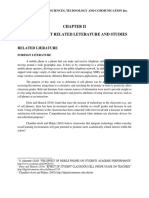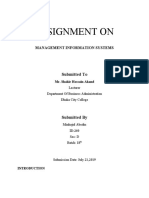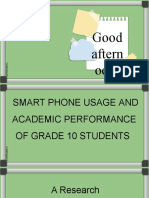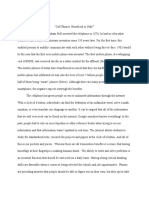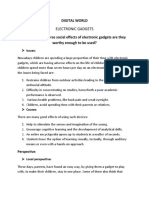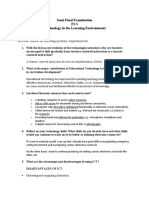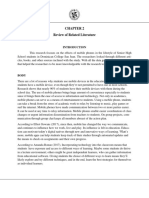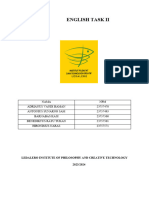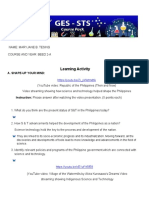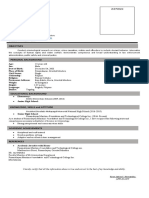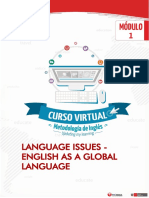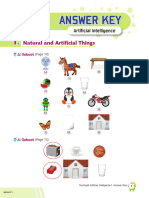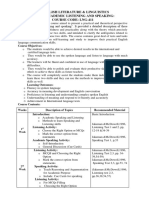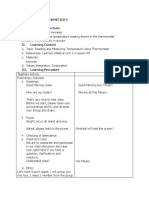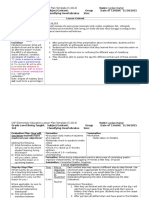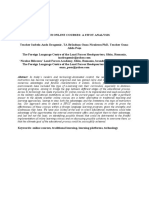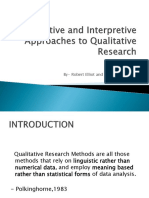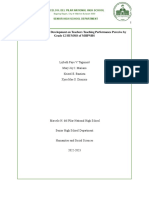BIBLIOGRAPHY
Ali, R., & Katz, I. R. (2010). Information and communication technology literacy: What do
businesses expect and what do business schools teach? (Research Report No. RR-10-
17). Retrieved from Educational Testing Service website:
http://www.ets.org/Media/Research/pdf/RR-10-17.pdf
AMD (Age-Related Macular Degeneration). (2018). Retrieved from
https://www.preventblindness.org/AMD-age-related-macular-degeneration
Banjo, O., Hu, Y., & Sundar, S. (2008). Cell phone usage and social interaction with
proximate others: ringing in a theoretical model. The Open Communication
Journal, 2(1), 127-135. doi: 10.2174/1874916x00802010127
Blue Light and Your Eyes | Prevent Blindness. (2018). Retrieved from
https://www.preventblindness.org/blue-light-and-your-eyes
Chiu, C., Chang, Y., Chen, C., Ko, M., & Li, C. (2015). Mobile phone use and health symptoms
in children. Journal of the Formosan Medical Association, 114(7), 598-604. doi:
10.1016/j.jfma.2014.07.002
Corbett, A. (2009). Cellular phones influence(s) and impact(s) on social interactions and
interpersonal relationships: Student Simple. Retrieved from
https://studentsimple.com/how-have-cell-phones-changed-our-society-research-paper/
Davis, K. (2018). Sleep deprivation: Causes, symptoms, and treatment. Retrieved from
https://www.medicalnewstoday.com/articles/307334.php
Drago, E. (2015). The effect of technology on face-to-face communication. The Elon
Journal of Undergraduate Research in Communications, 6(1).
Goad, K. D. (2012). The perception of teachers toward the use of mobile technology as a tool
to engage students in learning. ProQuest LLC.
J.Hoff, M. (2014). The impact of new technology on literacy practices: An urban perspective.
ProQuest LLC, 11-60.
�Kamibeppu, K., & Sugiura, H. (2005). Impact of the mobile phone on junior high-school
students' friendships in the tokyo metropolitan area. Cyberpsychology &
Behavior, 8(2), 121-130. doi: 10.1089/cpb.2005.8.121
Kukulska-Hulme, A., Sharples, M., Milrad, M., Arnedillo-Sánchez, I., & Vavoula, G. (2009).
Innovation in mobile learning: a European perspective. International Journal of
Mobile and Blended Learning, 1(1), 13-35.
Matanhelia, P. (2010). Mobile phone use by young adults in india: A case study. ProQuest
LLC.
Massimini, M. & Peterson, M. (2009). Information and communication technology: Effects
on U.S. college students. Cyberpsychology: Research on Cyberspadce, 3(1), 1-15.
Malaysian Communications and Multimedia Commision. (2017). Pocket Book of Statistics (p.
27). Cyberjaya.
Malaysian Communications and Multimedia Commision. (2017). Hand Phone Users Survey
2017 Statistical Brief Number Twenty-Two [Ebook] (p. 11). Cyberjaya.
Moh, C. (2013). Development and assessment of mobile device support for certification exam
preparation. ProQuest LLC.
Naeem, Z. (2014). Health risks associated with mobile phones use. International Journal Of
Health Sciences, 8(4).
National Society for the Prevention of Cruelty to Children. (19 July, 2018). Parental Controls.
Retrieved from NSPCC: https://www.nspcc.org.uk/preventing-abuse/keeping-
children-safe/online-safety/parental-controls/
Suhag, A., Larik, R., Mangi, G., Khan, M., Abbasi, S., & Madiha, H. (2016). Impact of
excessive mobile phone usage on human. Journal of Computer Science & Systems
Biology, 09(06). doi: 10.4172/jcsb.1000235
Wainwright, A. (20 September, 2012). 4 benefits of having mobile technology in the classroom.
Retrieved from Securedgenetworks: https://www.securedgenetworks.com/blog/4-
Benefits-of-having-mobile-technology-in-the-classroom
Watson, E. (19 July, 2018). Techwalla. Retrieved from Advantages of Cell Phones for
Students: https://www.techwalla.com/articles/advantages-of-cell-phones-for-students




